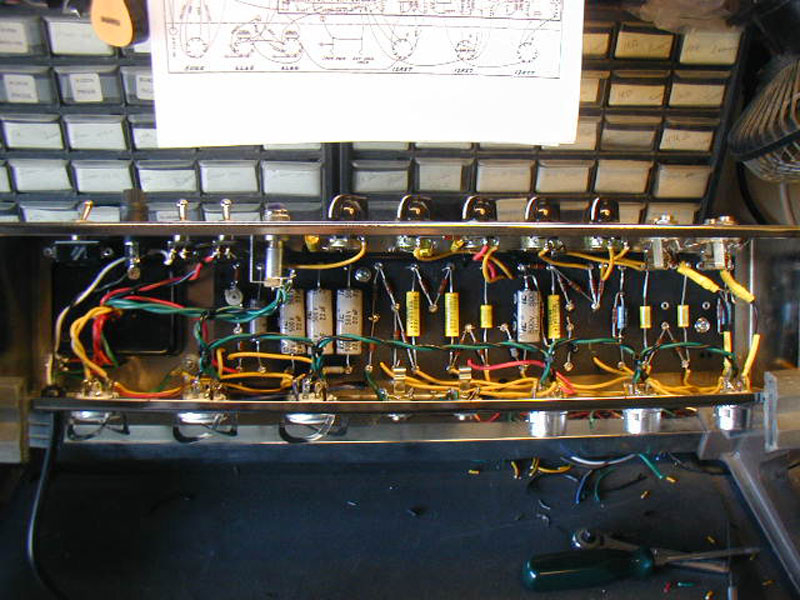

His wide range, high fidelity guitar amps were driven by two 6L6s, which by mid decade had evolved into a 40 watt power plant. A vintage P10R was a whopping 9 watts! This presented a problem for Fender. A high powered Altec industrial speaker was maybe 25 watts, and top of the line Jensen guitar speakers were rarely over 15 watts. To understand the role of the stack, a trip back to Leo Fender’s world of the 1950s is in order.īack in the day, the most common source of amp failure was the speaker. Both the stack and the windings will determine the performance of an output transformer. Folks, the size of your transformer matters!Ī transformer has two basic components, the stack, which is the steel part you see, and the windings, which are the thousands of turns of copper wire tucked around the stack. Comprehending the complexities ain’t for the faint of heart and mind! However, there is one attribute that is easily recognizable, and understanding it is surprisingly simple. In response, an entire cottage industry has arisen to provide tweak happy guitarists with upgraded power and output “iron.” Indeed, the choices for replacing the output tranny for a typical 6L6 powered amp are legion, and discriminating one from another can be confusing to say the least. As guitarists discover this critical link between your power tubes and the speakers, the important effect it has on your amplifier’s character becomes obvious. Sorry for the large size.In today’s world, the role of an amplifier’s output transformer (OT) is well known. Rather than link to one of them, the listings will change and others in the future will not be able to see a picture, here is a 6 pole one I have. On that big online auction site I picked up a few rotary switches from 6 pole to 15 pole. There are some big rotary switches out there with enough contacts to do it all on one switch but it might be tricky routing different sections of the amp in one area. The tone section can be done with a standard two pole two position toggle switch. This would also give the option of running one power amp section with the other amp's tone controls if you wanted. It would be much better to implement if you use two switches, one for the tone control, one for the PI. I consider this doable by someone reasonably versed in electronics. Which is all good on paper but getting it in a chassis is another story. I tried to limit the number of switches to change the configuration but this is the best I could come up with so far. The phase inverter section is a little more tricky. The Bassman - Bandmaster cross tone control section is relatively straight forward if you use dual pots and once you adjust the capacitor and resistor values to accommodate the Bandmaster pot values. I have been doing the same for other combinations of Fender amps and even some Fender - Marshall crosses. So with the talk here of the Bandmaster and Bassman being great sounding amps yet different I wanted to see how feasible it was to make a switched version.

It was a single channel amp and the second channel was to load down the first stage to mimic the interaction the controls of a 5E3.Īs you can tell I like trying things that are different. I did the switched tone control thing, the reason I got rid of the switched PI, where I could switch between a Blackface bass-treble tone stack and in the other position the treble control turned into the tone knob of a tweed tone control (as in the 5E3 Deluxe) and the bass control was then used as the second channel's volume control. I rebuilt the amp without it because I needed the hole in the chassis for another control. It was interesting to hear the difference bin sound between the two, mind you I think I unbalanced the paraphase to get a thicker sound. No amp that I know of, I did something similar for a Princeton type amp but I switched between a cathodyne phase inverter and a paraphase.


 0 kommentar(er)
0 kommentar(er)
